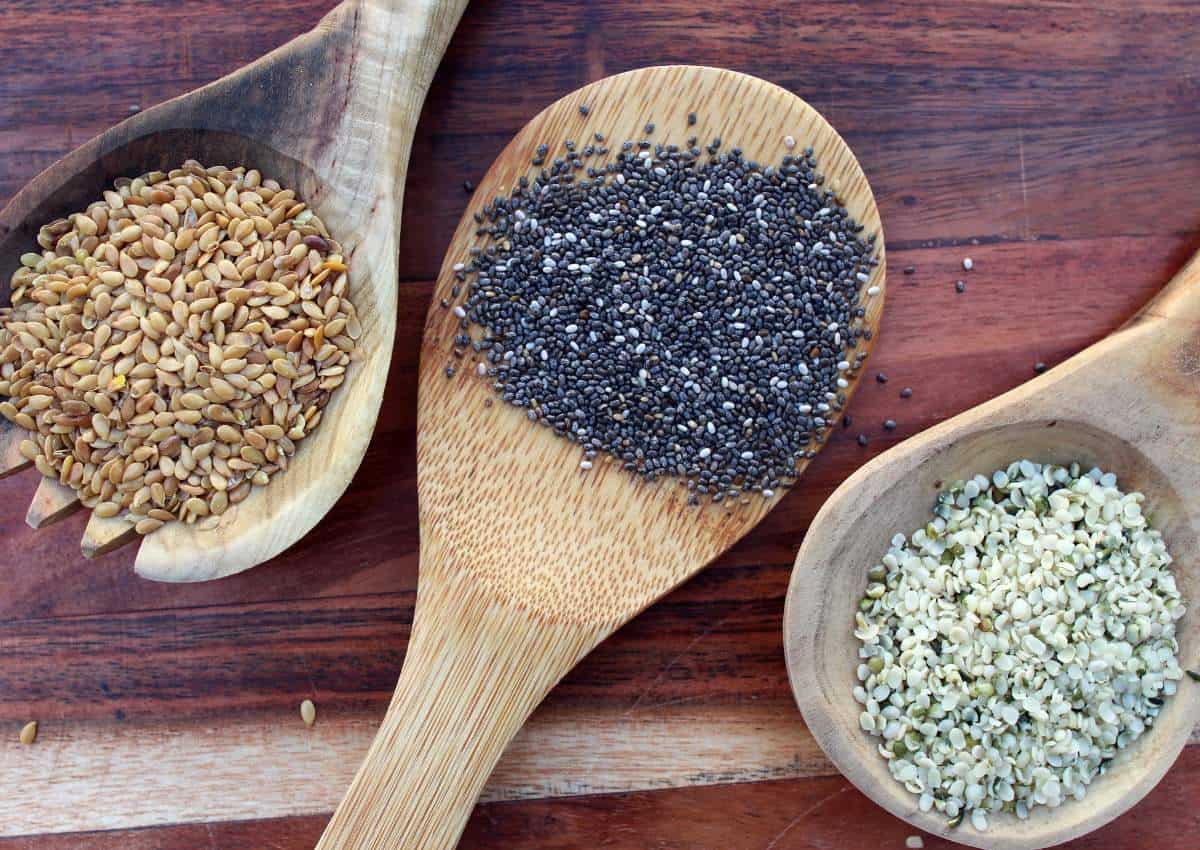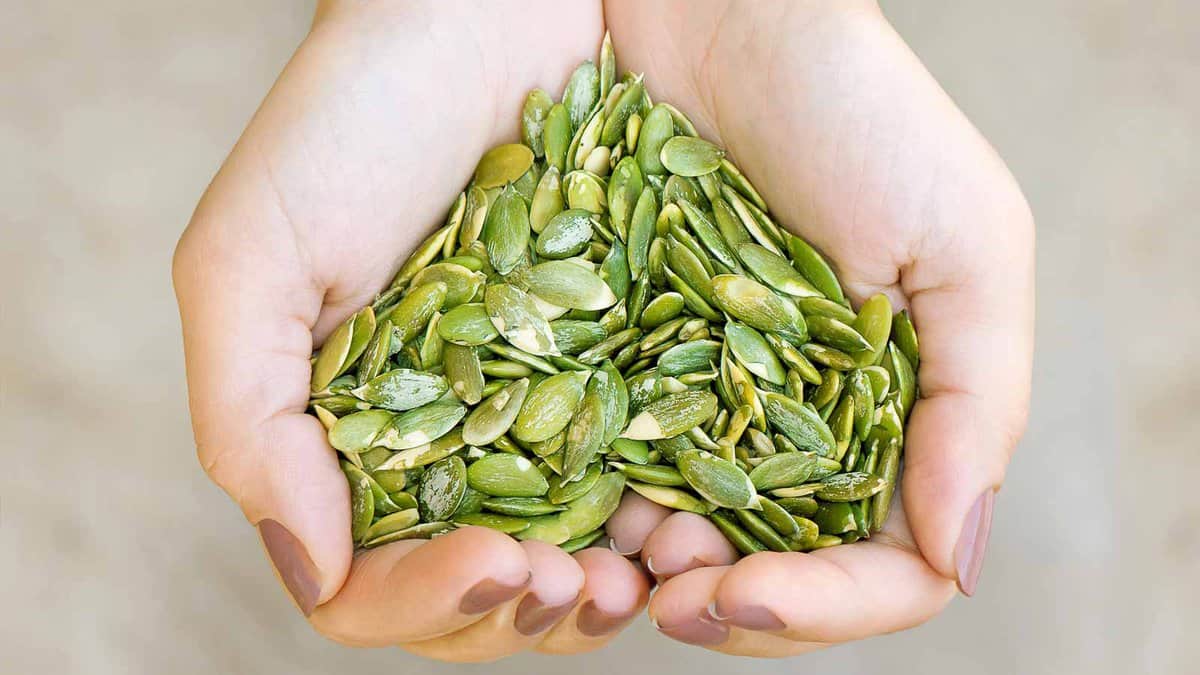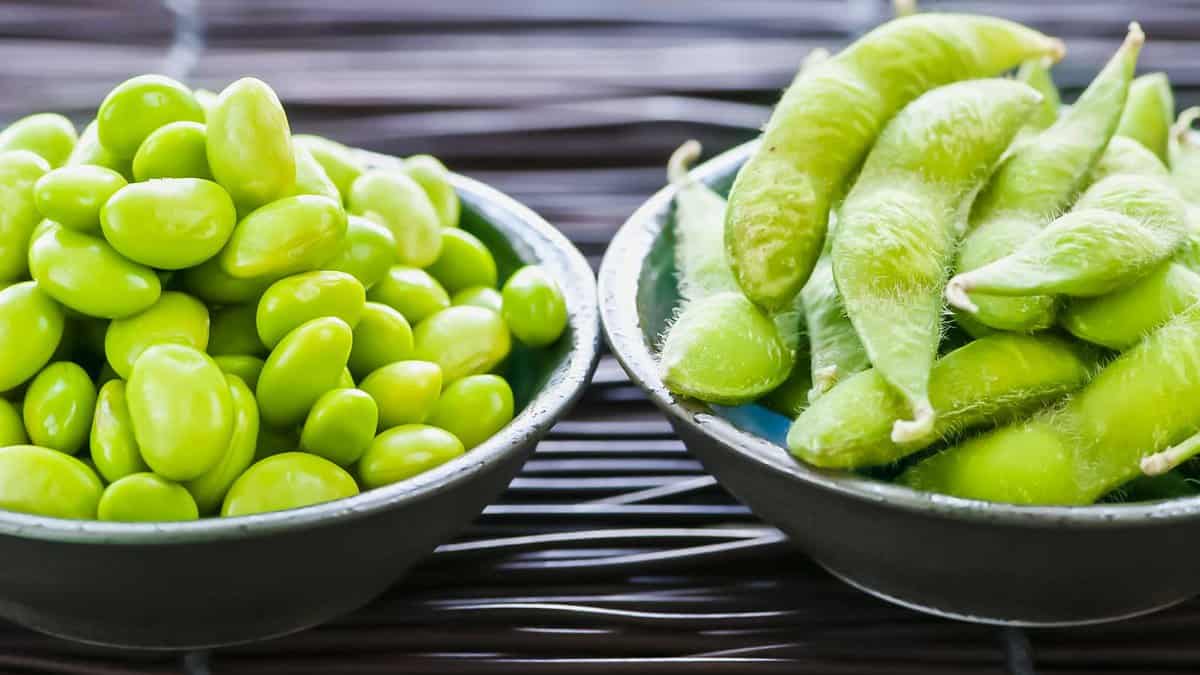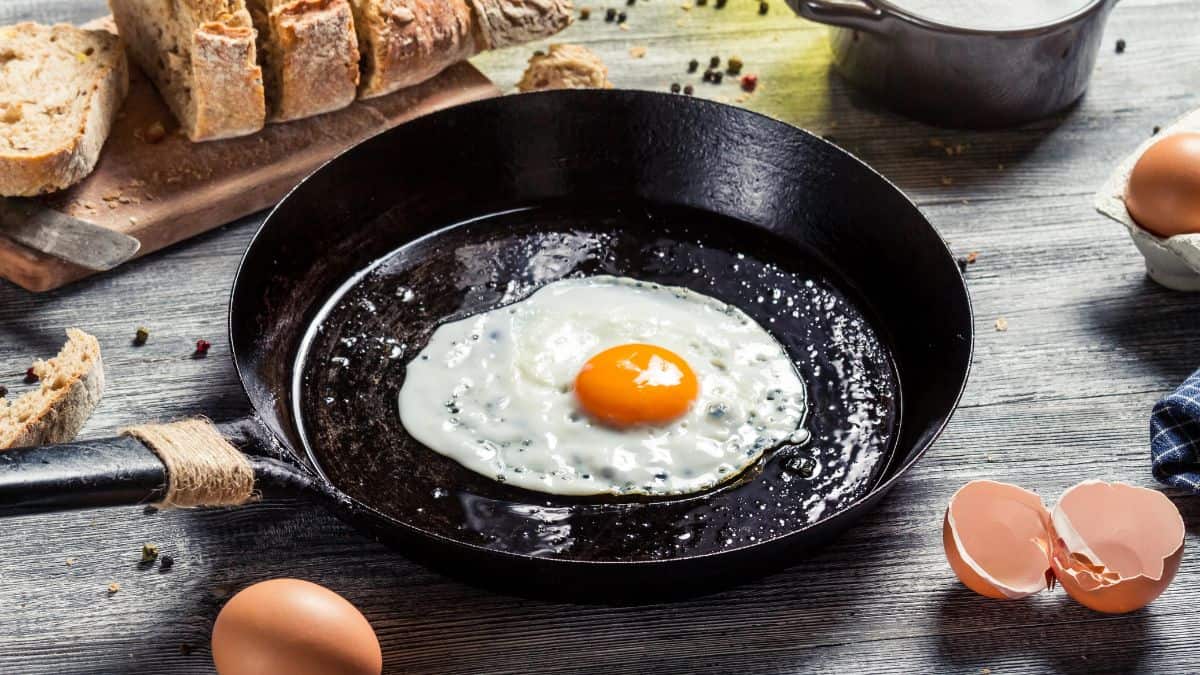Protein is having a moment, and for good reason—it’s the building block for muscle repair, energy levels, and staying full longer. But why stop at chicken, beef, or beans when there’s a whole pantry full of alternatives waiting to be noticed? Traditional protein sources are great, but they can get repetitive fast, and variety can keep your meals exciting while covering all your nutritional bases. Whether you’re aiming to diversify your diet or just tired of the same old routine, these overlooked protein-packed foods can help you think outside the usual dinner plate.

Hemp Seeds


With about 10 grams of protein per 3 tablespoons, hemp seeds are one of the most efficient ways to add plant-based protein to your diet. Beyond protein, they’re loaded with omega-3 and omega-6 fatty acids, which promote heart health and reduce inflammation. Sprinkle them on salads, blend into smoothies, or mix into yogurt. Their mild nutty flavor blends seamlessly into most dishes, making them a pantry essential for anyone looking to boost protein intake without meat.
Nutritional Yeast


Nutritional yeast, often affectionately called “nooch,” is a vegan favorite that packs around 8 grams of protein in just 2 tablespoons. It’s also fortified with B12, a nutrient often missing in plant-based diets. Its cheesy, umami flavor makes it perfect for sprinkling over popcorn, pasta, or even baked potatoes. You can also mix it into sauces to add richness and depth while sneaking in a protein boost.
Pumpkin Seeds


Pumpkin seeds, or pepitas, deliver 7 grams of protein per ounce, along with a healthy dose of zinc, magnesium, and antioxidants. These tiny seeds are surprisingly versatile. Toast them with spices for a crunchy snack, add them to oatmeal for texture, or toss into salads for an earthy bite. Their nutrient profile supports everything from bone health to immune function, making them more than just a seasonal snack.
Edamame


Edamame, the bright green young soybeans often served at sushi restaurants, are a protein goldmine with 17 grams per cup. They’re high in fiber, folate, and iron, making them a great choice for a filling snack or side dish. Steam them with a sprinkle of sea salt for a quick treat, or toss them into stir-fries, pasta salads, or grain bowls to add a fresh, nutty flavor and a punch of plant-based protein.
Spirulina


Spirulina, a blue-green algae, is often referred to as a superfood, and for good reason. Just 2 tablespoons contain 8 grams of protein, along with a hefty dose of iron, B vitamins, and antioxidants. Its earthy flavor works well in smoothies or sprinkled over avocado toast. Beyond its protein content, spirulina is linked to boosting energy levels, supporting immune function, and reducing inflammation.
Cottage Cheese


Cottage cheese is a protein powerhouse, with up to 28 grams per cup depending on the brand. Its high casein content means it digests slowly, keeping you full for longer. Use it as a topping for baked sweet potatoes, mix it into pancake batter, or serve with fresh fruit for a snack that’s both satisfying and packed with protein. It’s an affordable, versatile option for both sweet and savory dishes.
Seitan


Seitan, made from vital wheat gluten, delivers a whopping 21 grams of protein per 3-ounce serving. Known for its meat-like texture, it’s a favorite among vegetarians and vegans. Seitan easily takes on the flavors of marinades and spices, making it a perfect base for stir-fries, kebabs, or tacos. While it’s not suitable for those with gluten sensitivities, it’s a budget-friendly, protein-packed option for plant-based eaters.
Blackstrap Molasses


While not typically seen as a protein source, blackstrap molasses contains about 1 gram of protein per tablespoon and is rich in iron, calcium, and potassium. Its robust, slightly bitter flavor pairs well with marinades, baked goods, or even stirred into oatmeal. This nutrient-dense sweetener also provides a natural energy boost, making it a secret weapon in balanced diets.
Chia Seeds


Chia seeds are small but mighty, packing 5 grams of protein per ounce along with fiber, omega-3 fatty acids, and essential minerals like calcium and magnesium. Soak them in milk for an easy pudding, sprinkle over cereal, or mix into pancake batter for added crunch and nutrients. Chia seeds absorb liquid, making them a great thickener for smoothies and soups while contributing to sustained energy throughout the day.
Tempeh


Tempeh, a fermented soybean product, boasts 19 grams of protein per 3-ounce serving. Unlike tofu, it has a firmer texture and a nutty flavor, making it great for grilling, stir-frying, or crumbling into chili. Tempeh’s fermentation process also introduces probiotics, which support gut health alongside its impressive protein content. Its versatility means it can easily replace ground meat in many recipes like this vegan picadillo recipe.
12 Foods That Have More Protein Than An Egg


Eggs are often hailed as a great source of protein, packing about 6 grams per large egg. But if you’re looking to diversify your protein sources or just seeking a bit more protein punch per serving, there are plenty of other options out there. This guide will walk you through twelve foods that offer even more protein than a single egg, suitable for a variety of diets and lifestyles and almost any meal, any time of the day.
Read it Here: 12 Foods That Have More Protein Than An Egg
10 Reasons Why You Should Rethink Your Protein Shake


Protein shakes are a staple for many fitness enthusiasts and busy folks looking for a quick nutrition fix. But before you grab that store-bought shake, it’s worth taking a closer look at what you’re actually consuming. From hidden sugars to potential health risks, there are several reasons why your go-to protein boost might not be as great as you think. Here’s a breakdown of why you might want to rethink that store-bought shake.
Read it Here: 10 Reasons Why You Should Rethink Your Protein Shake
*Select images provided by Depositphotos.
Gina Matsoukas is an AP syndicated writer. She is the founder, photographer and recipe developer of Running to the Kitchen — a food website focused on providing healthy, wholesome recipes using fresh and seasonal ingredients. Her work has been featured in numerous media outlets both digital and print, including MSN, Huffington post, Buzzfeed, Women’s Health and Food Network.


